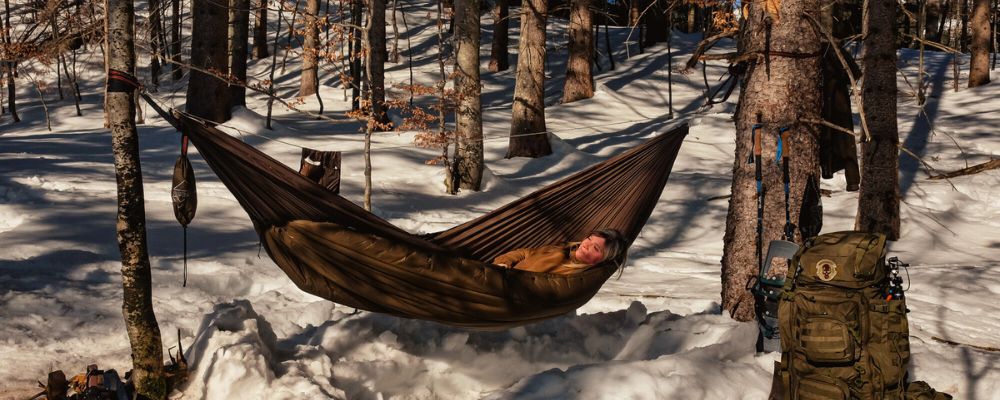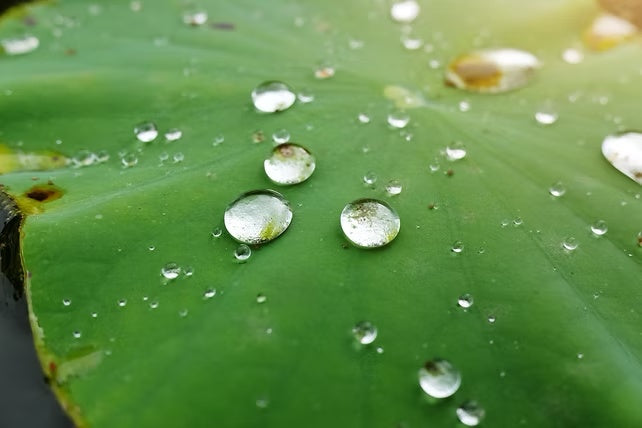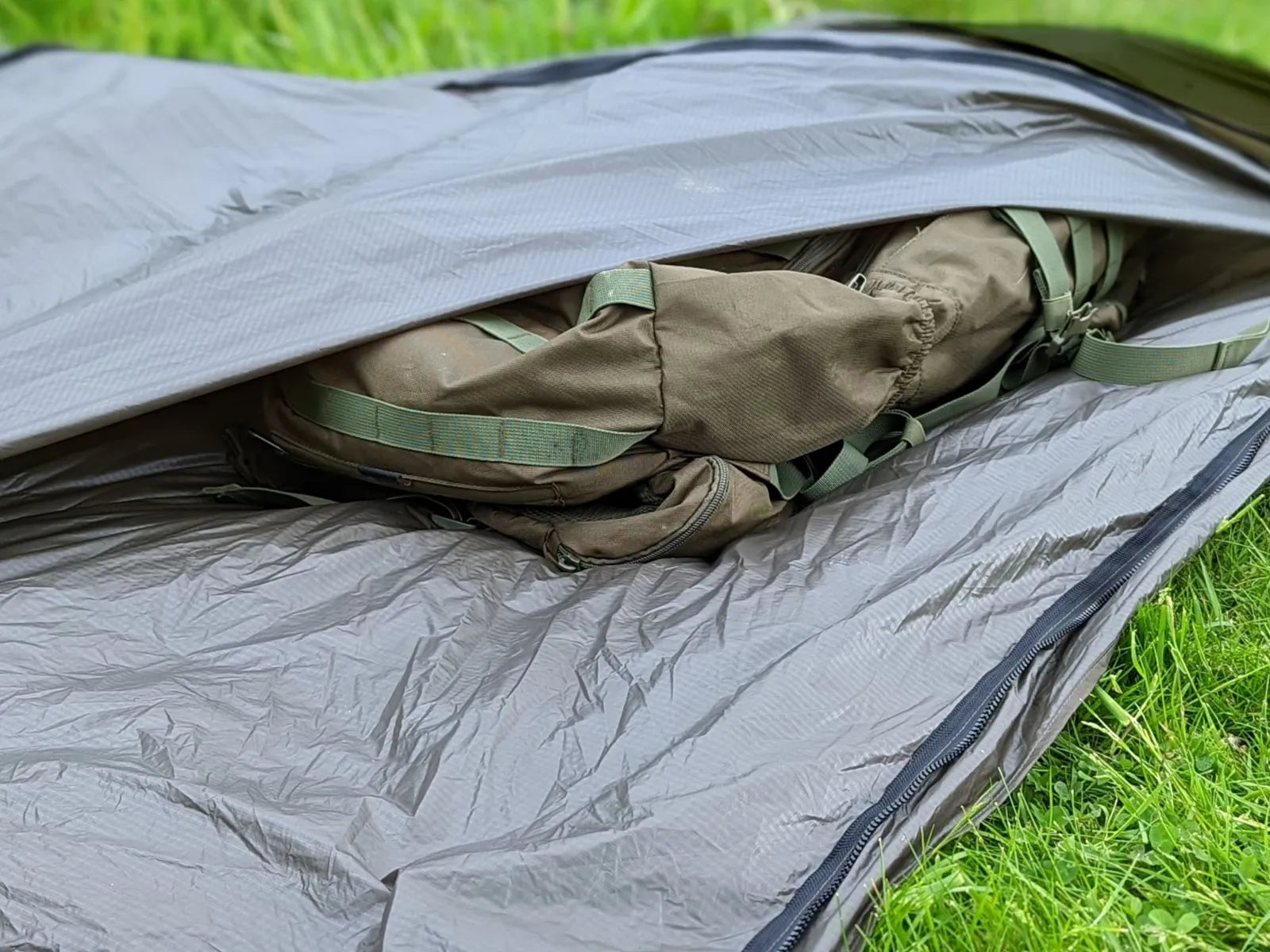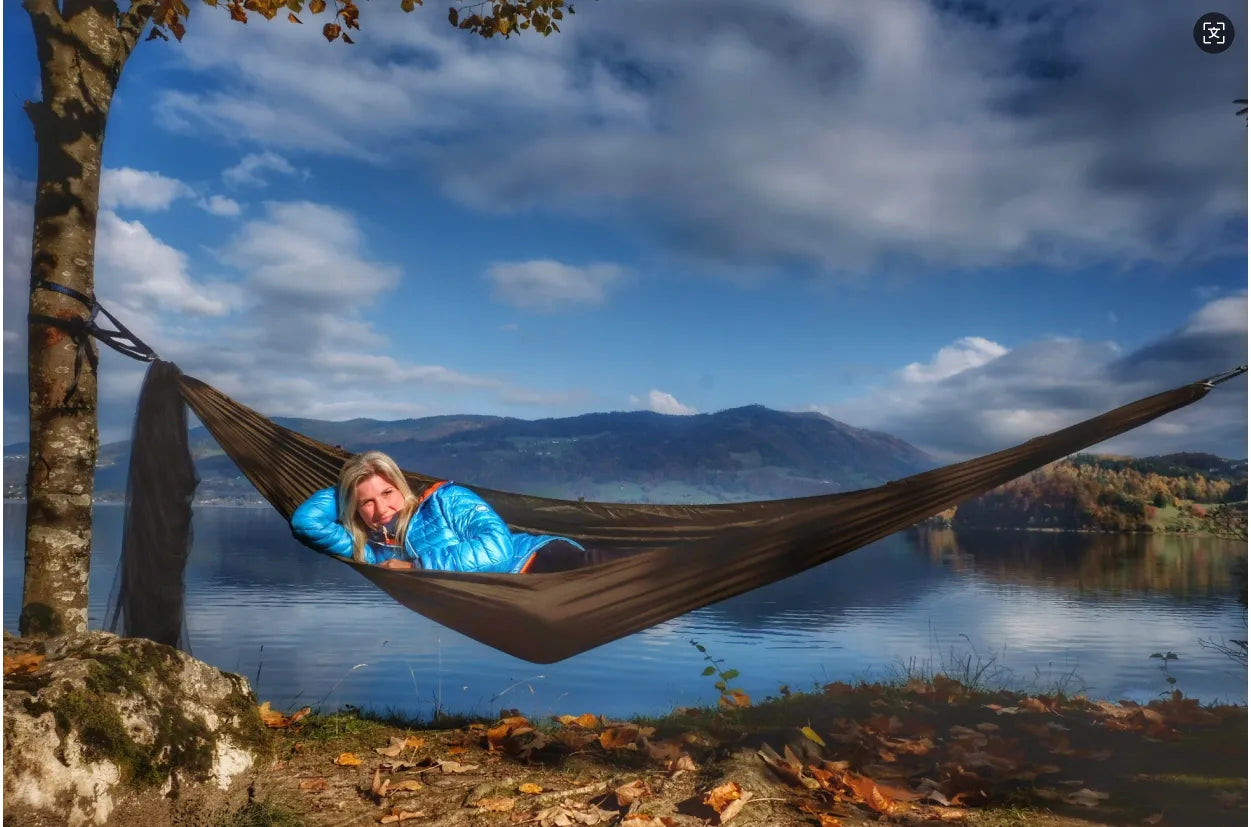Feeling the Freeze: Understanding Wind Chill for Winter Camping
Venturing into the winter wilderness demands careful consideration of weather conditions, and wind chill is a critical factor often underestimated. It's not just about the temperature; the wind can make it feel drastically colder, impacting your comfort and safety. This article breaks down what wind chill is, how it affects you, and offers practical tips to combat its effects during your winter camping trips.
What is Wind Chill, Really?
Wind chill is the perceived decrease in temperature felt by the body due to the flow of wind. It's not a measure of how cold the air is, but how quickly your body loses heat. Think of it this way: still air creates a thin layer of warm air around your skin, insulating you. Wind disrupts this layer, constantly replacing it with cold air and accelerating heat loss. The stronger the wind, the faster this happens, making you feel much colder than the thermometer reading.
What is the relationship between wind chill and temperature?
While related, wind chill and air temperature are distinct. A calm day at 0°C (32°F) will feel much warmer than a windy day at the same temperature. Wind accelerates heat loss through convection. The moving air constantly whisks away the warm air surrounding your body, leading to rapid cooling. For example, a 0°C air temperature with a 20 km/h (12 mph) wind can feel like -10°C (14°F). Conversely, even at a frigid -25°C (-13°F) with no wind, the perceived temperature is the same as the actual temperature. However, add wind, and the perceived temperature plummets. A 40 km/h (25 mph) wind at -25°C can create a wind chill equivalent to -41°C (-42°F), significantly increasing the risk of frostbite. Prolonged exposure to these conditions can lead to hypothermia.

Wind Chill and Winter Camping: A Critical Concern
Wind chill is particularly important for winter campers. Overnight temperatures often drop, and combined with wind, can create dangerously low perceived temperatures. This can make sleeping uncomfortable, increase the risk of frostbite, and even lead to hypothermia. Understanding and preparing for wind chill is crucial for a safe and enjoyable winter camping experience.

Tips to Combat the Wind Chill Effect
● Block the Cold Wind for Camping Coziness: When camping in cold wind, choosing a sheltered spot is essential. Look for natural barriers like trees or rocks or use windbreakers or wind walls to create a wind-resistant area. This not only reduces the wind chill effect but also offers extra protection for your tent or hammock.
● Stay Dry for Optimal Camping Warmth: Damp clothing and gear can significantly speed up body heat loss. Whether from sweat or rain, ensure that your clothes and sleeping bags remain dry. Carry extra dry replacements, and when possible, use moisture-wicking or breathable gear to help dissipate moisture.
● Use the Right Gear: Choosing professional outdoor gear designed to combat cold and wind chill is essential. For instance, Onewind outdoors Hammock Winter Windsock can block cold winds and help maintain warmth inside the hammock; Onewind outdoors Camping Tarp ensure you stay dry in the rain and also offer added wind resistance.
● Remain Aware of the Wind Chill Temperature: Prior to your outdoor ventures, verify both the projected temperature and the wind’s velocity to assess the anticipated wind chill effect. This guarantees a cozy camping trip, fully equipped for safety and comfort.
● Keep Moving: Physical activity produces heat. In cold conditions, regularly moving around, whether walking or doing simple exercises, can help you maintain body temperature and reduce the impact of the wind chill effect.
Onewind Outdoors Hammock Windsock: Gear for Your Winter Adventures
Wind chill is a serious consideration for anyone venturing into the winter landscape. By understanding its effects and taking the necessary precautions, you can stay safe and comfortable. Onewind Outdoors offers a range of products designed to enhance your winter camping experience. Check out our selection of windsocks, tarps, and other gear to help you conquer the cold.




